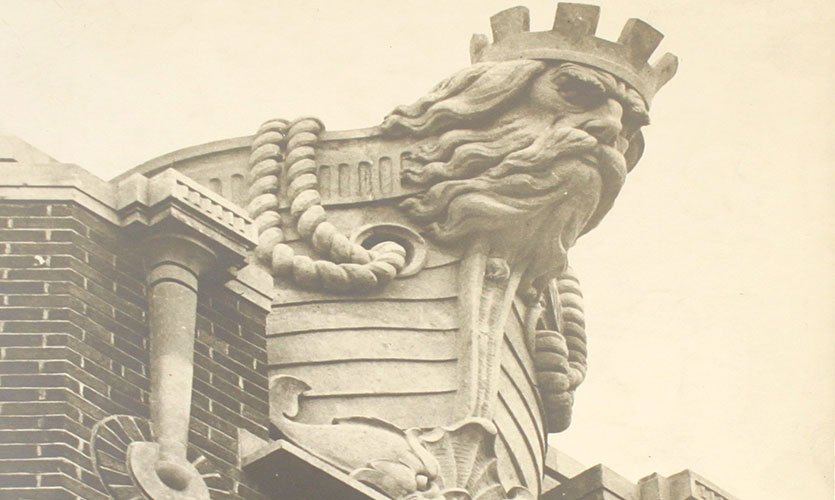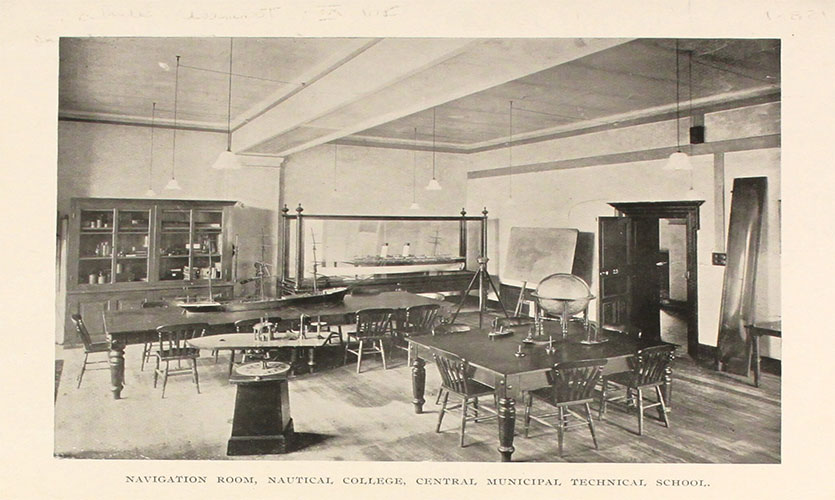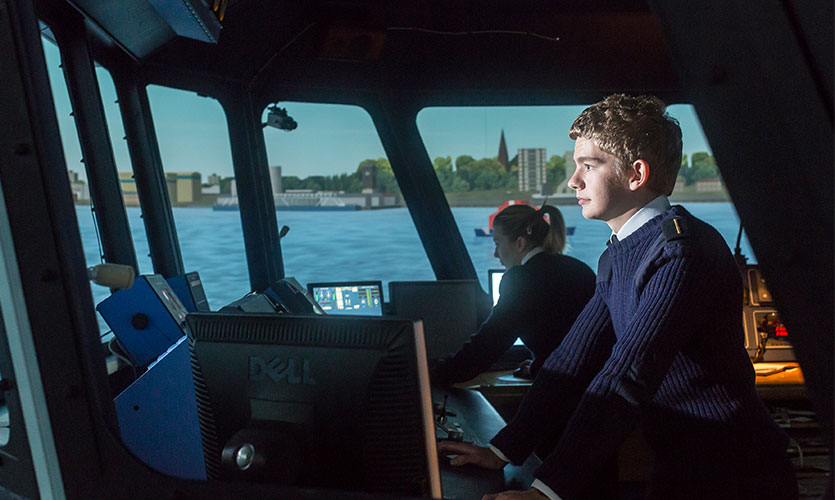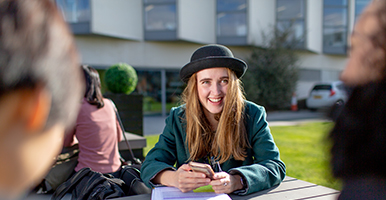Nautical School and College
The first recorded formal classes in nautical studies were held at the Mechanics' Institute in the 1820s. Nearly 200 years later, LJMU's Maritime Knowledge Hub helps mariners hone their skills by using 'virtual ships'.
The nineteenth century marked a number of significant developments for the maritime industry in Liverpool, both in relation to the welfare of sailors as well as their education. The Liverpool Sailors’ Home School opened in 1852 offering ‘education beyond the norm’ and one of its Head’s, James Gill, campaigned strongly during the 1880s for more and better technical education for mercantile officers.
This demand was met in 1892, with the establishment of the Nautical College offering Deck Officers and Marine Engineers ‘the means of obtaining a thoroughly complete and scientific training in all the subjects embraced in a liberal technical education’.Today, LJMU’s maritime industry education spans all ship to shore operations, including training on ship handling, tug and engine room simulators. However, not everyone was so keen on such professional training when the Nautical College first opened - Listen here to find out more.
By 1910, all doubts had vanished with a Report by Her Majesty’s Inspectors stating that the College had: ‘… thoroughly justified its existence. It is well equipped and provides sound and valuable instruction which is of the greatest importance to Liverpool as a port’.
Today around 90% of all world trade – and 95% of UK goods – are moved by ships across the world’s oceans, making the maritime industry – and LJMU’s maritime education - just as essential to the local and global economies as it was when the first Nautical School was established in 1852.
The Liverpool Telescope
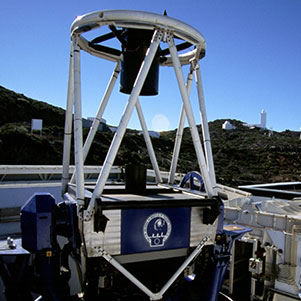 Given the importance of astronomy to navigation, it is not surprising that the origins of LJMU’s world-leading Astrophysics Research Institute can be traced back, at least in part, to the Nautical College. That’s because our first telescope was donated to the Nautical College in 1889 by wire manufacturer and philanthropist Thomas Glazebrook Rylands (1818-1900). The original 5-inch Cooke equatorial telescope is now part of the observatory in the Liverpool Museum. Over 100 years later, we now design and build some of the world’s largest and most responsive robotic telescopes, including our own Liverpool Telescope, an unmanned fully robotic telescope on La Palma, Spain. In 2017, our award-winning telescope helped discover seven Earth-sized planets just 40 light years away. Now we are planning to develop its successor facility, Liverpool Telescope 2, to help us see even deeper into the cosmos.
Given the importance of astronomy to navigation, it is not surprising that the origins of LJMU’s world-leading Astrophysics Research Institute can be traced back, at least in part, to the Nautical College. That’s because our first telescope was donated to the Nautical College in 1889 by wire manufacturer and philanthropist Thomas Glazebrook Rylands (1818-1900). The original 5-inch Cooke equatorial telescope is now part of the observatory in the Liverpool Museum. Over 100 years later, we now design and build some of the world’s largest and most responsive robotic telescopes, including our own Liverpool Telescope, an unmanned fully robotic telescope on La Palma, Spain. In 2017, our award-winning telescope helped discover seven Earth-sized planets just 40 light years away. Now we are planning to develop its successor facility, Liverpool Telescope 2, to help us see even deeper into the cosmos.


